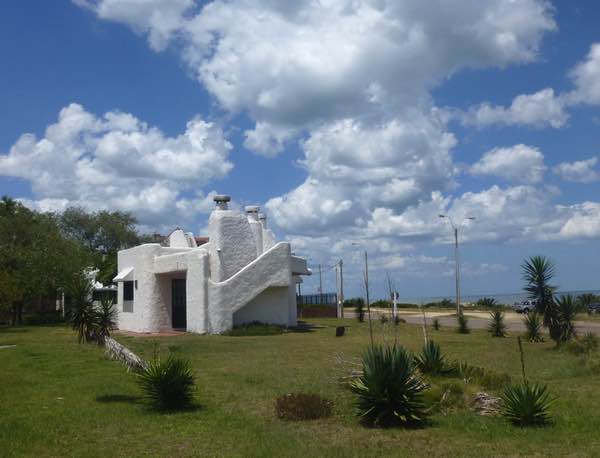
In 1965, the population of Uruguay was 2.68 million (current 3.36 million).
Wikipedia: The Executive Tower (Spanish: Torre Ejecutiva) is the official workplace of the President of Uruguay. It is located in front of the Plaza Independencia, in Barrio Centro, Montevideo.
History
The original project was started in 1965 as a future Palace of Justice, but the 1973 coup d’état interrupted it.[1] By the time the military government ended in 1985, the building was too small for the Uruguayan justice system, so the project remained halted for decades until in March 2006, President Tabaré Vázquez decided to finish the building and use it as an extension of the Estévez Palace.[2] The President’s offices were transferred there from the Liberty Building in September 2009.
In 1873, the population of Uruguay was around 0.4 million.
Wikipedia: The Estévez Palace (Spanish: Palacio Estévez) is a building situated in Plaza Independencia, Montevideo, Uruguay, designed in a combination of Doric and Colonial styles by Manoel de Castel in 1873. It has served as the working place of the President of Uruguay and has been eventually converted to a museum, housing artifacts and mementos of the Uruguayan presidency and its office holders.
The Palacio Estévez is the little gem to the left in the photo above. Ah, the good old days.



























